Politics
The U.S. Army Corps of Engineers Keeps Us Safe. Will "DOGE" Change That?

Published:
Last Updated:

President-elect Trump has promised to tame federal waste by creating a new Department of Government Efficiency (DOGE). This advisory board will recommend reorganization and cost-cutting measures in the federal government that could eliminate 3/4ths of federal agencies and fire a half-million government employees. Eliminating most remote workers is a proposal under consideration.
In this article we’ll consider how ending remote work could compromise the mission of the U.S. Army Corps of Engineers in such a way that Americans pay more, get less, and are less safe. This is a microcosm of what could happen across many federal agencies if personnel reductions are not done with care.
The new Department of Government Efficiency, while only a presidential advisory board, is likely to have significant influence on the policies implemented under the new Trump administration.
The U.S. Army Corps of Engineers is a good example of an area of the federal government that may be negatively impacted if cuts take place without sufficient study.
Retiring early is possible, and may be easier than you think. Click here now to see if you’re ahead, or behind. (Sponsor)

The Department of Government Efficiency is a presidential advisory commission planned for President Trump’s second term in office. He has tapped entrepreneurs Elon Musk and Vivek Ramaswamy to lead it. The acronym of the board, “DOGE,” is a nod to dogecoin, a cryptocurrency Musk has promoted. Because it will function in an advisory role and not have the status of a federal executive department, it can be set up without Congressional approval or Senate confirmation of its leaders.
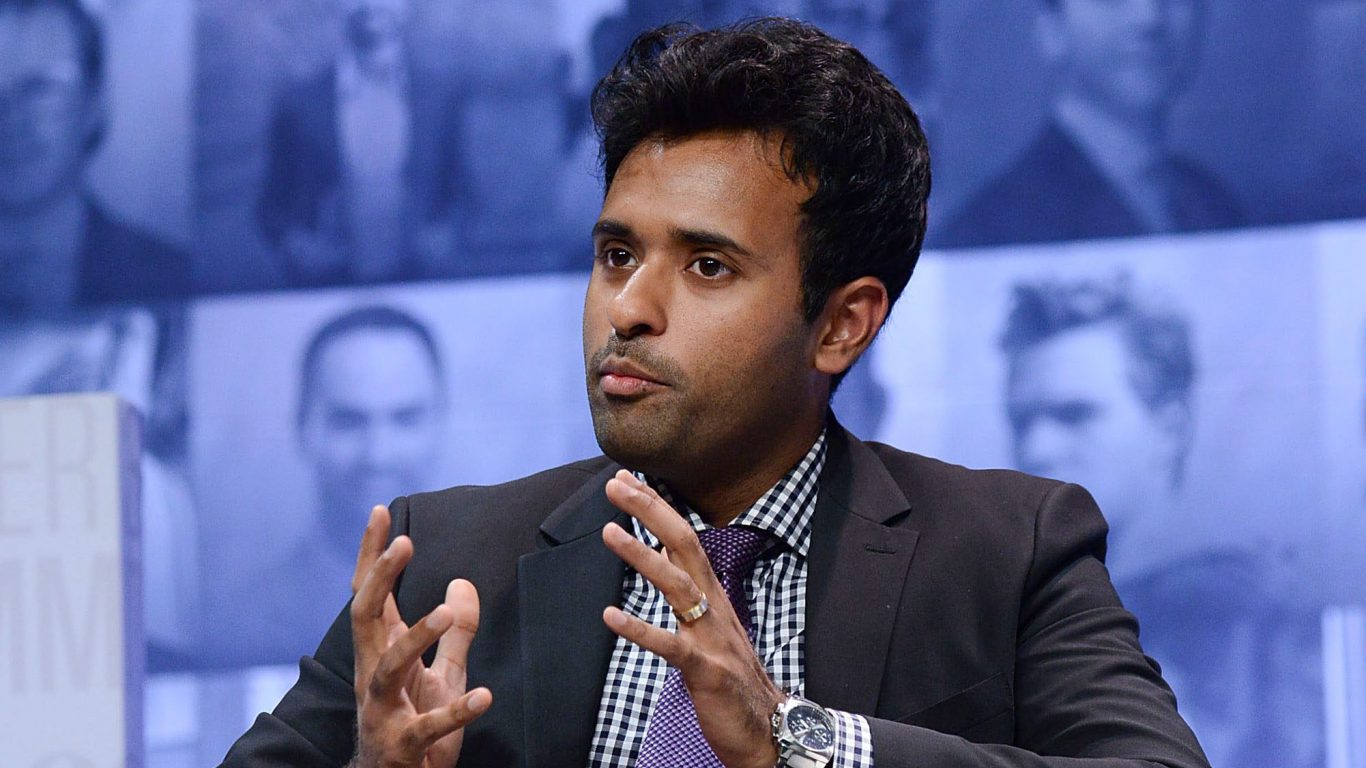
The purpose of DOGE will be to find areas of needless regulation, waste, and duplication of effort in the federal government, and suggest ways to reorganize the bureaucracy to reduce the deficit. The scope of change could be massive. Musk and Ramaswany have suggested they can find up to $2 trillion in savings by, among other things, eliminating 300 out of the 400 federal agencies and reducing the size of the federal workforce by 500,000 or more positions.

In order to slash the workforce without running afoul of legal regulations related to terminating employees, Musk has suggesting eliminating most remote work and requiring all federal employees to work 5 days a week from the office. This would presumably lead to a wave of resignations, and many of those positions would simply be eliminated.
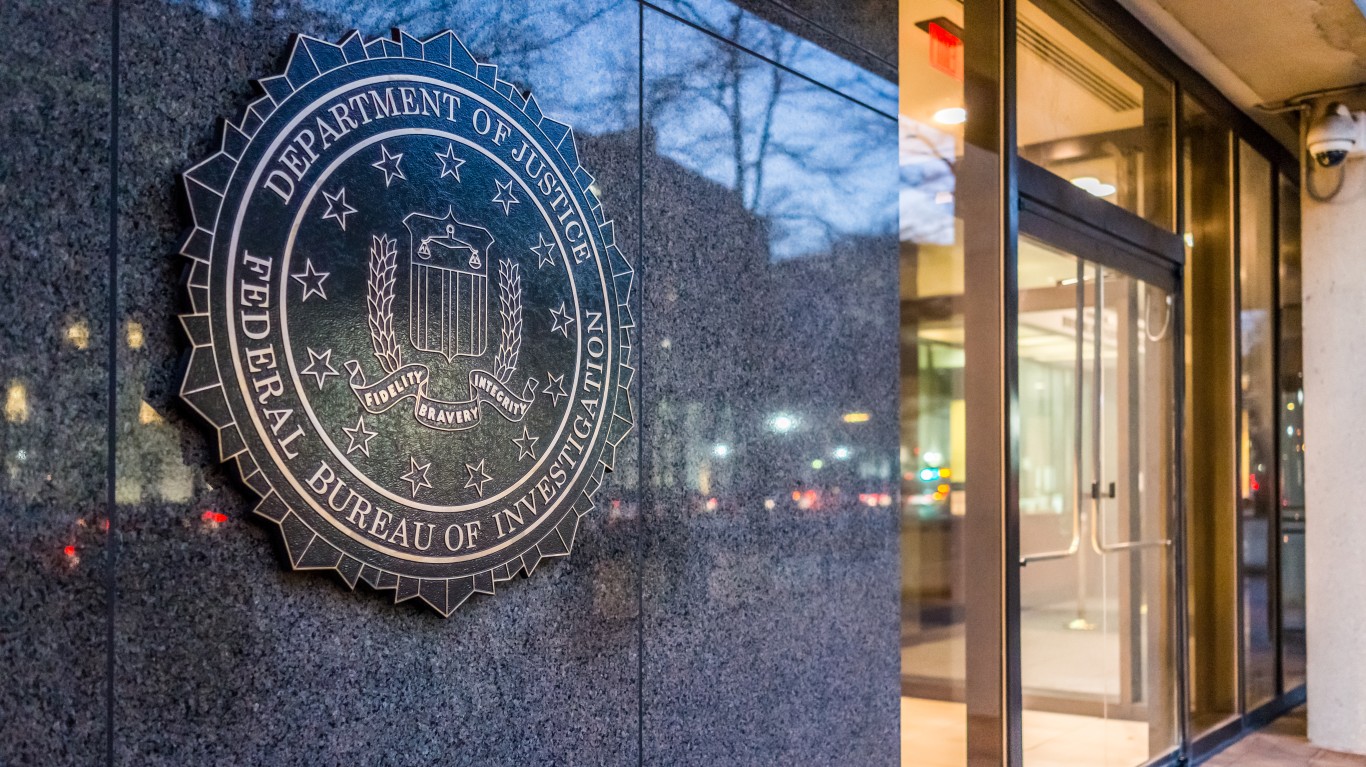
Trump, Musk, and Ramaswamy have floated the idea of eliminating the Department of Education, the FBI, the IRS, the Nuclear Regulatory Commission, the Corporation for Public Broadcasting, and Planned Parenthood, among others. Surviving agencies could see substantial cuts to funding and personnel. Trump and the DOGE leaders say that the committee’s work could be completed by the country’s 250th birthday in 2026—an ambitious timeline that may not allow time for thorough consideration of the impact of planned changes.
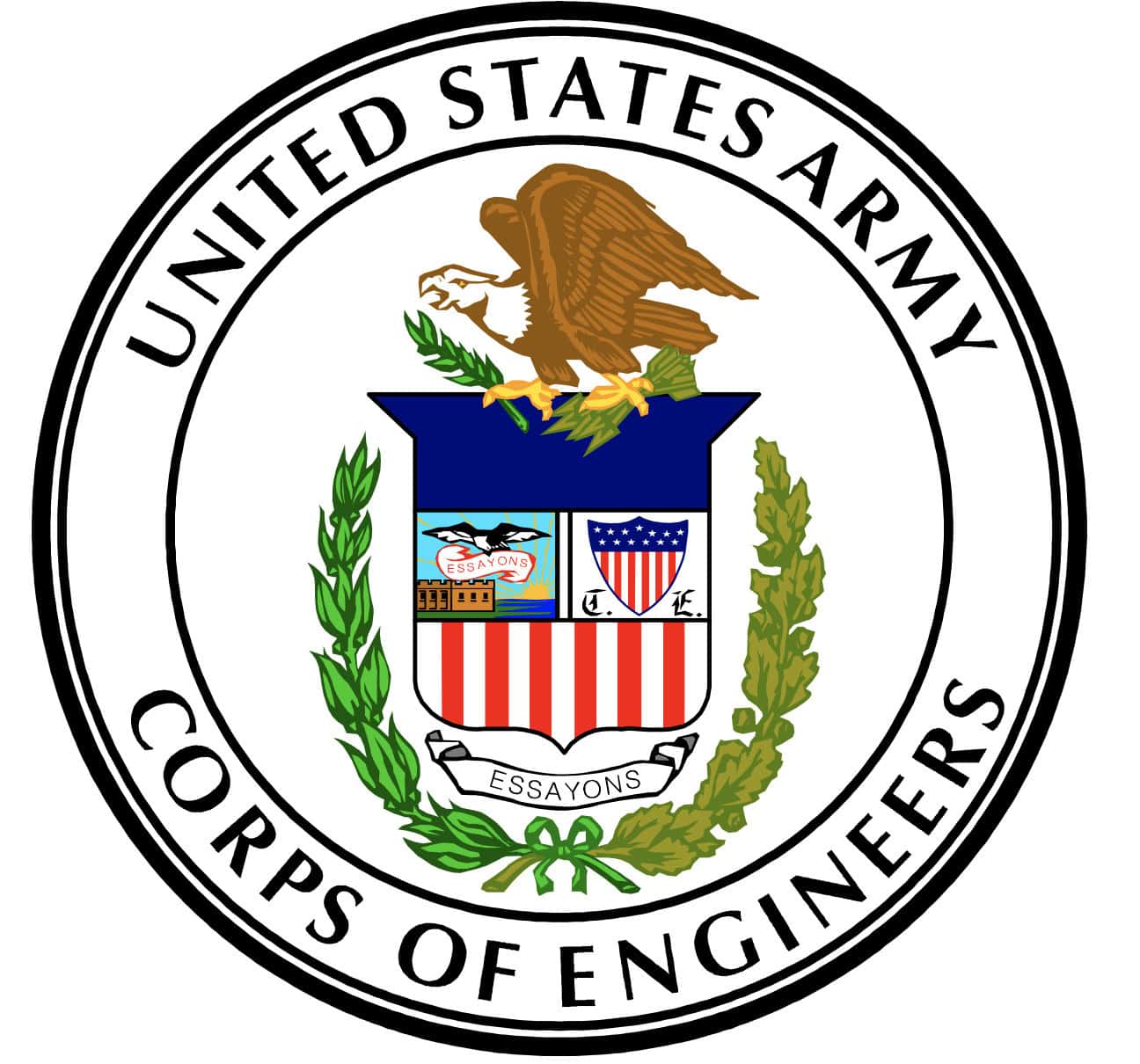
Now let’s take the U.S. Army Corps of Engineers as a case study of what could be at stake if DOGE cuts into the muscle, not just the fat, of federal programs. Despite its military mission, the USACE has a work force made up predominantly of civil service employees, so it is vulnerable to cuts. We’ll focus particularly on remote work, as it is an important part of the USACE’s hiring strategy

President Thomas Jefferson authorized the formation of the USACE in 1802 to provide professional engineering assistance to the military and the public. It has provided vital services that have helped the country win wars and prevent and recover from natural disasters.

The USACE builds military infrastructure such as barracks, command centers, research and training facilities in the U.S. and abroad. It also rebuilds roads, bridges, runways, ports, and other vital infrastructure damaged in war. When an American military base is shut down, the USACE oversees cleanup and environmental restoration so the area can be healthy for civilian uses and wildlife. Allied countries abroad consult with the USACE for advice on important engineering projects.

For civilians, the Corps helps control flooding by building levees and reservoirs and dredges rivers to keep navigation channels open. Army engineers also inspect the integrity of crucial infrastructure like dams and port facilities to ensure they remain structurally sound and properly functioning over the years.
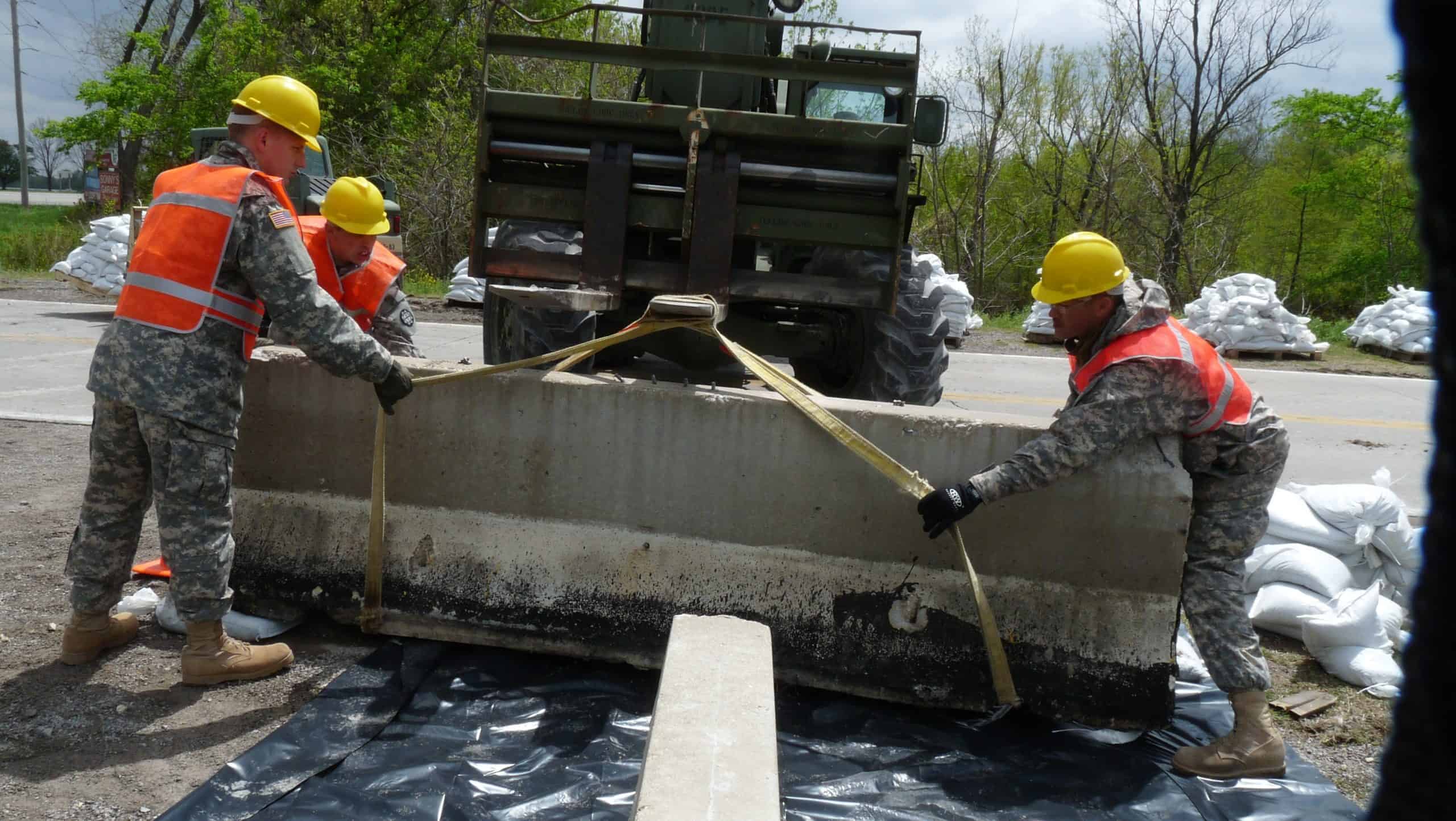
The services of the USACE save local communities enormous expense. Army engineers provide technical expertise for public building projects for things like parks and infrastructure that would be expensive for counties and towns to hire for themselves. The Corps provides emergency assistance to communities affected by natural disasters. It organizes and provides manpower for removing debris, setting up temporary housing for victims, coordinating environmental cleanup, and rebuilding damaged infrastructure.
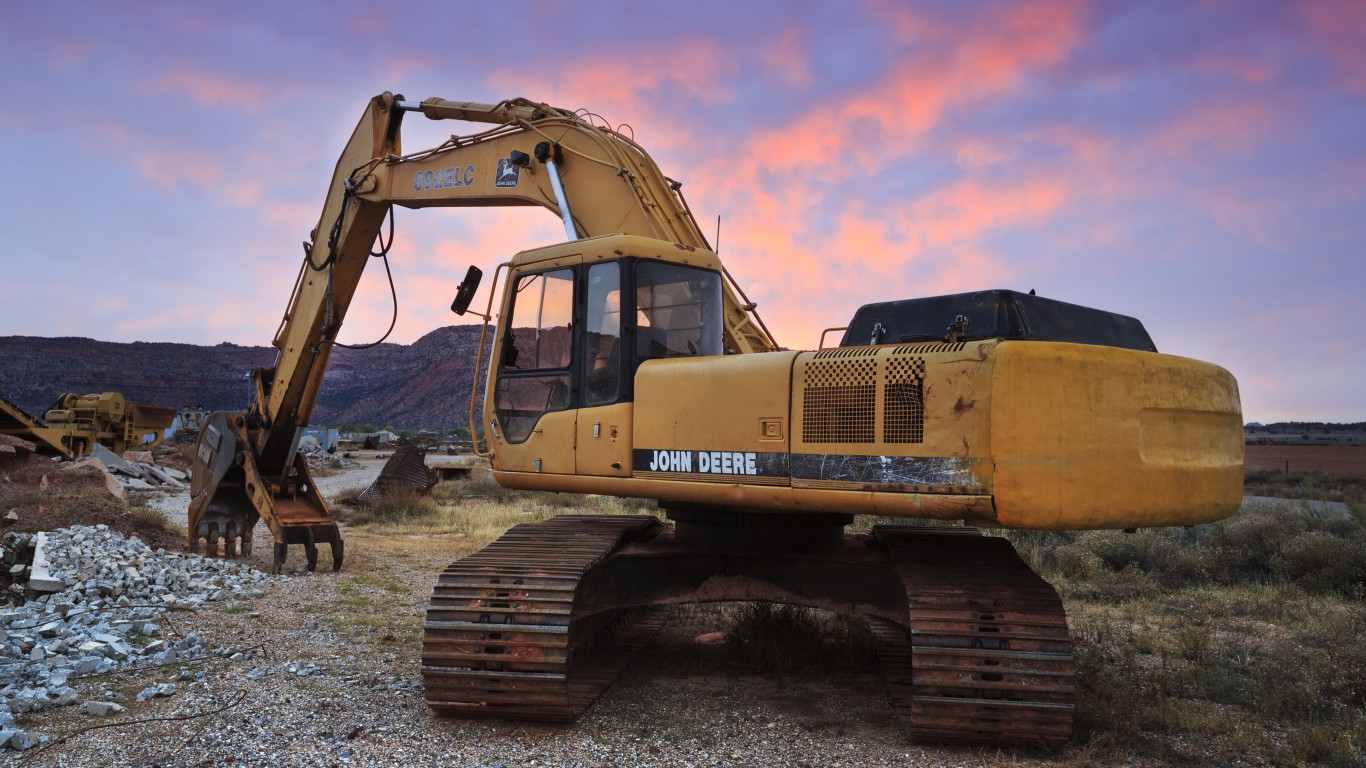
The U.S. Army Corps of Engineers is responsible for issuing contracts for government projects to private contractors. Importantly, its personnel also visit sites to ensure government money is not being wasted by careless or fraudulent practices.
Take this hypothetical scenario: a private contractor has rented heavy equipment for a government-funded project, but has left it sitting on site unused while billing taxpayers for a rental fee. A USACE inspector can insist that unused equipment like this be removed and refuse to use taxpayer funds to pay for the days when it was sitting idle.

In the early 2000s, the USACE went through a hiring freeze followed by layoffs. The result has been a large gap in skills and experience in the staff that is still being felt today. As senior employees are reaching retirement age, the Corps has a thin roster of internal candidates who could move into those positions not only with technical skills, but with deep familiarity with the organization’s internal workings and the types of issues its personnel face in the field. This problem will become even worse if, as a result of new cuts, the Corps loses high-performing personnel who are currently working their way up the ranks.

One way the USACE restaffed for its mission when the previous hiring freeze was lifted was to permit more employees to do telework from home for part of the work week, and in some cases allowed jobs to be performed completely remotely. The COVID-19 pandemic turbocharged that trend.
Many positions in the organization include things like managing databases, accounting, contracting, project management of field teams, reviewing technical reports, and conferring by phone or video with people in other offices or on job sites. It is not necessary for employees to be physically in the same building to accomplish this work. And hiring remotely brings unique advantages that local hiring does not.

Hiring remote workers is a win for the government because it broadens the potential hiring pool of skilled candidates nationwide rather than limiting it to those who live near Washington, D.C. or other big cities. This larger hiring pool gives the government access to a larger number of talented and experienced job candidates.
And those workers often cost the government less, as employees living in the suburbs or small towns don’t have to be paid as large a cost of living allowance as those working in USACE offices in expensive cities like L.A. or New York City.

From the workers’ side, being able to work remotely makes this kind of government job more attractive. The government generally does not pay as well as the private sector. And periodic hiring freezes, partial government shutdowns, and threats to cut funding to departments makes the civil service seem like an increasingly unreliable career path for professionals. So the opportunity to work from home is a perk that attracts and retains more talent without costing the government anything extra.
For employees, remote work eliminates a frustrating, time- and gas-wasting daily commute in congested urban areas. It removes hundreds of cars of government employees from the roads during rush hour. It gives workers more time and flexibility to take care of family issues without having to take time off. Remote workers often choose to continue completing work tasks even if they don’t feel well rather than taking sick days. And they can do so without spreading illness to everyone else in the office.

An example of how remote work has benefited, not hurt, the work of the Corps comes from the organization’s Omaha District. Starting with a major flood in 2019, the District was stretched to respond to several natural disasters, including floods and tornadoes, as well as providing support for local healthcare efforts during the COVID-19 crisis. The District set records in the value of projects it was able to complete, even in a period of extraordinary needs and with a mainly remote staff.

Much like a lumberjack sawing off the limb he’s sitting on, DOGE’s mission of eliminating waste could have exactly the opposite effect. In the case of the U.S. Army Corps of Engineers a wholesale attack on remote work could have these results:

This doesn’t mean there is no room for improvement in the USACE and other agencies. However, in the words of one insider, “Ironically, in their quest to find efficiency and cut cost by removing telework and remote work flexibility, they are going to undermine the very fabric that has allowed many districts to become more efficient and cost saving.”
Trump, Ramaswamy, Musk, and others are shining a light on areas that legitimately need attention. But in some cases, what is called for is not a chainsaw, but a scalpel. Otherwise, the damage that can be done may be far greater than the problem we’re trying to fix.
Retirement planning doesn’t have to feel overwhelming. The key is finding expert guidance—and SmartAsset’s simple quiz makes it easier than ever for you to connect with a vetted financial advisor.
Here’s how it works:
Why wait? Start building the retirement you’ve always dreamed of. Click here to get started today!
Thank you for reading! Have some feedback for us?
Contact the 24/7 Wall St. editorial team.